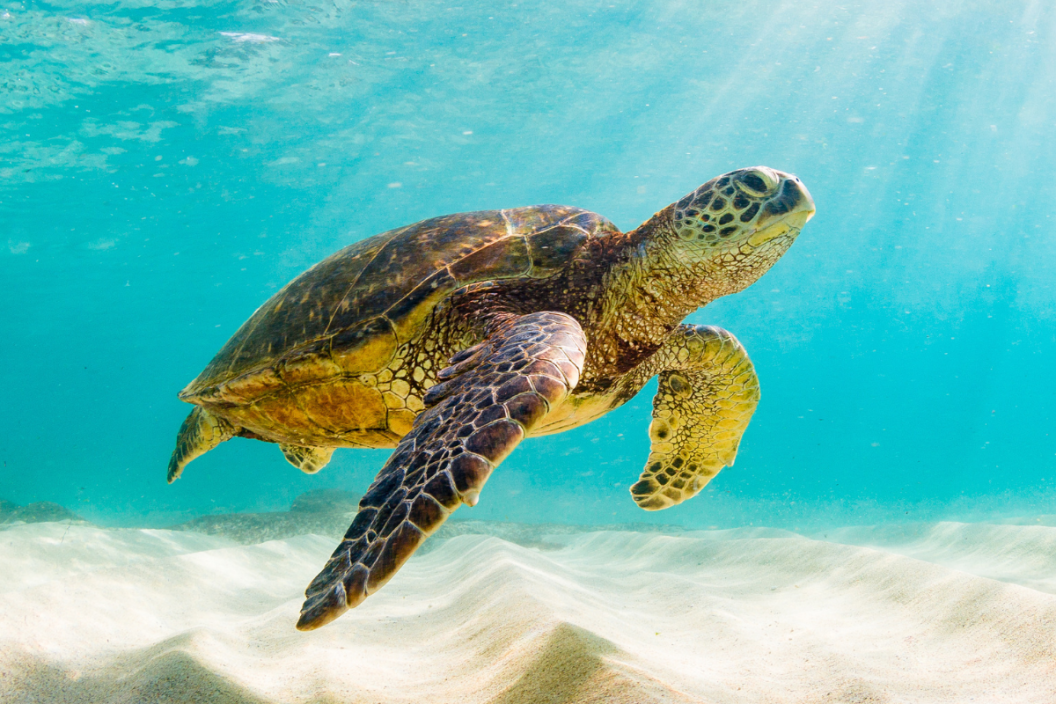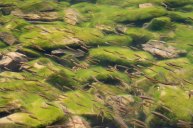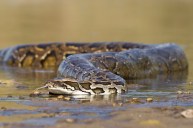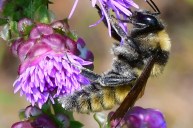Here are six endangered species in Hawaii you need to know about.
Glistening white sandy beaches, crystal-clear blue waters, the lush and beautiful scenery that only seems to jump out of a postcard, and let's not forget, the vibrant, colorful flowers blooming everywhere you look — Yes, we are talking about the state that tops every travelers' dream list, the ultimate tropical paradise, Hawaii.
But did you know that the Hawaiian islands are also home to many endangered species? Indeed, many native Hawaiian species of animals are, sadly, close to danger of extinction. Since a quarter of the United States' endangered species list resides on the Hawaiian islands, Hawaii is deemed as the endangered species capital of the world.
Protected by the Endangered Species Act, here are six of the most common threatened species that can only be found in Hawaii.
1. Hawaiian Goose (a.k.a. Nene)
https://www.instagram.com/p/B93b_xjAnS2/
The Hawaiian goose, also known as the nene, is the state bird of Hawaii. This native species of goose was once closest to the danger of extinction. Luckily, the Hawaiian goose became the state bird in 1957, leading to greater protection statewide of the native species. However, currently, there are only about 800 nenes on the Hawaiian islands.
2. Hawaiian Green Sea Turtle (a.k.a. Honu)
https://www.instagram.com/p/B_o2W_Pj_Xy/
Perhaps one of the most beloved animals on this list (at least!), the Hawaiian green sea turtle is also known as the honu on the tropical islands. This water-loving turtle is under danger of extinction mostly because of human contact - these magnificent sea creatures are vulnerable to stress and anxiety, as well as, diseases when in contact with humans. Divers and such are urged not to touch the green sea turtle when they are spotted.
3. Hawaiian Honeycreepers
https://www.instagram.com/p/B3My1gxg_aq/
With birds such as the Maui Honeycreeper and the Crested Honeycreeper, Hawaiian honeycreepers refer to a bird species endemic to Hawaii; these native birds call the island of Maui their home. Diverse and colorful, these birds are a threatened species in danger of extinction. While there were once 56 species of Hawaiian honeycreepers, there are now only 18 species of honeycreepers remaining.
4. Hawaiian Monk Seal (a.k.a. ilio-holo-i-ka-uaua)
https://www.instagram.com/p/B7doREVhSaG/
Everything about this lovable marine mammal is oh-so-adorable! Locals call the Hawaiian monk seal ilio-holo-i-ka-uaua, which aptly means "dog that runs in rough water". As the only seal native to Hawaii, they are running very close to extinction - with less than 1000 Hawaiian monk seals left on the islands.
5. Hawaiian Hoary Bat (a.k.a. Opeapea)
https://www.instagram.com/p/B07MNOoD96H/
The only terrestrial mammal that's native to Hawaii, the Hawaiian Hoary Bat is also known as Opeapea by the locals. These bats are very much endangered, in fact, they are a rare species that can only be found in a few areas of Kauai and the Big Island. They are at a risk of extinction due to habitat loss - and while the exact number of Opeapeas is unknown, researchers have estimated from a few hundred to a few thousand.
6. Oahu Tree Snail
https://www.instagram.com/p/BGX9BQTRC7H/
Part of the Achatinidae family, the Oahu tree snail is a tropical snail that usually inhabits one tree for their whole life (talk about being comfortable!). While there are 41 species of tree snails native to Oahu in Hawaii, there are only about 100 of each individual species that still exist in the wild. These little guys are under threat due to predation and habitat loss.
These species are under protection with federal government agencies such as the National Marine Fisheries Service (also informally known as NOAA Fisheries), and the U.S. Fish and Wildlife Service. While conservation efforts are being made, such as making it illegal to pursue any activities that will potentially threaten endangered animal species and wildlife, more can always be done. Find out more information on Hawaii's conservation efforts by visiting Hawaii.gov.
Have you visited Hawaii? Or had the chance to see any of the animals on this list? Please tell us in the comments!




